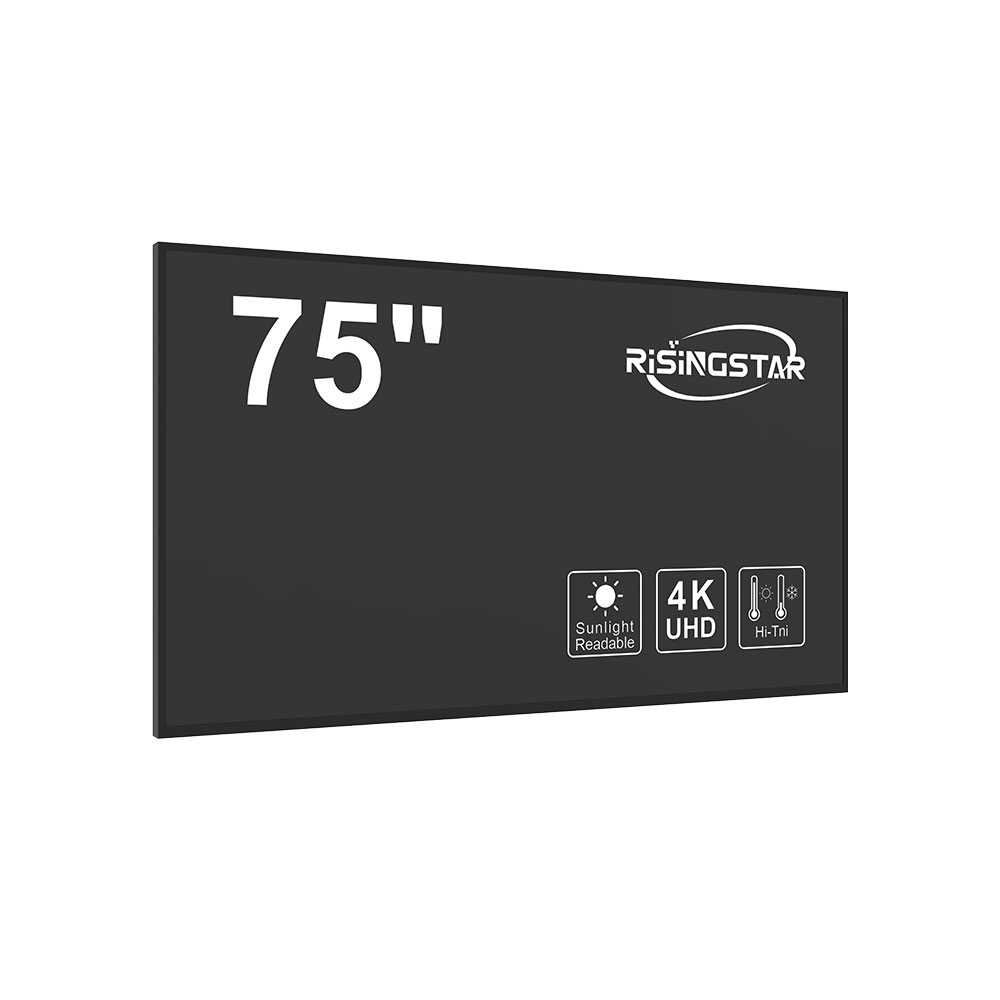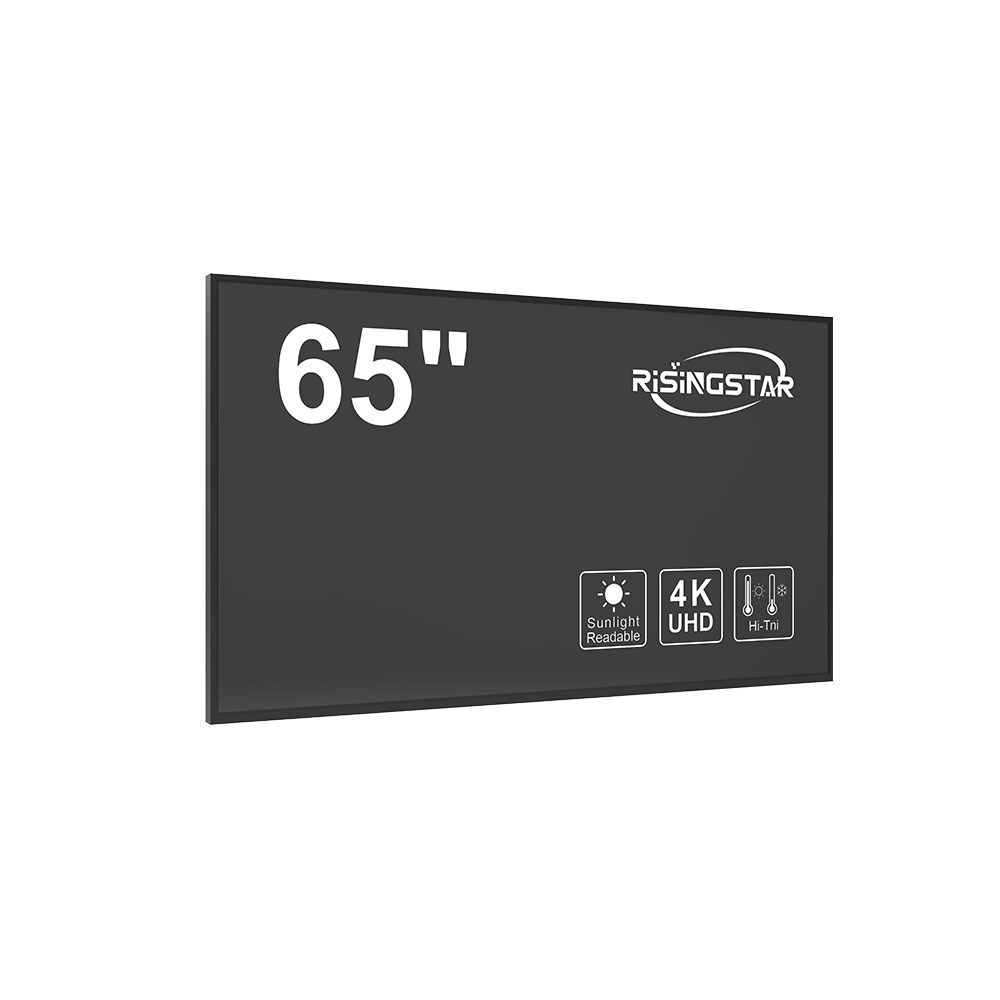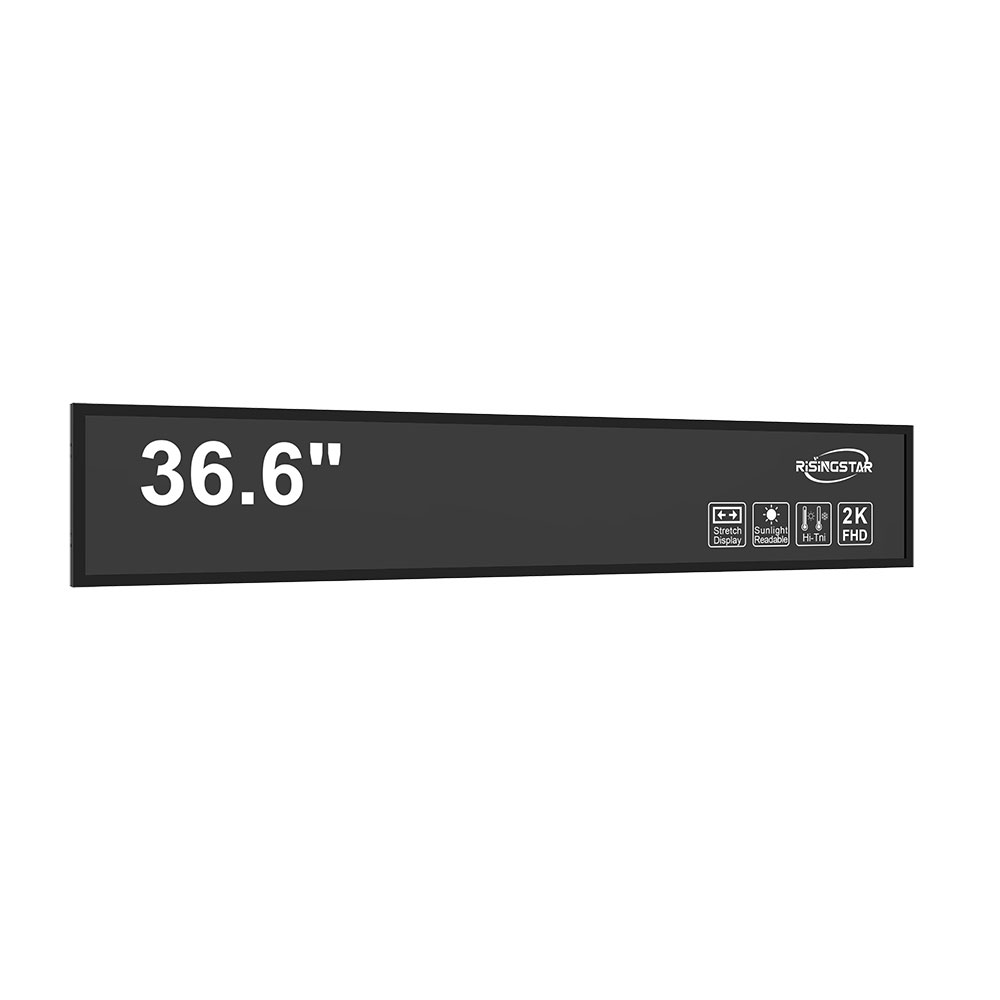
Privacy statement: Your privacy is very important to Us. Our company promises not to disclose your personal information to any external company without your explicit permission.
Outdoor LCD displays are essential for digital signage, transportation systems, and industrial monitoring applications—especially in environments exposed to rain, dust, or extreme weather. To guarantee reliable operation under such conditions, achieving an IP66 waterproof rating is not just a recommendation but a necessity.
The IP (Ingress Protection) rating system, defined by IEC 60529, classifies the degree of protection provided against solid objects (like dust) and liquids (like water). An IP66 rating means the display is completely protected against dust (first digit "6") and can withstand powerful water jets from any direction (second digit "6"). This makes it ideal for outdoor use in coastal areas, construction sites, and urban public spaces.
To achieve IP66 compliance, manufacturers must implement a multi-layered approach. First, the enclosure must be made from high-quality materials like aluminum alloy or polycarbonate with sealed joints and gaskets. Second, the LCD panel itself must be mounted using waterproof adhesive seals and silicone gaskets at every interface. Third, all cable entries must be equipped with IP-rated connectors, such as M12 or NEMA-style connectors, which prevent moisture ingress even under heavy rainfall or pressure washing.
Additionally, thermal management plays a critical role in maintaining IP66 integrity. Overheating can degrade sealants over time, leading to leaks. Therefore, effective heat dissipation solutions—such as passive heatsinks or fan-assisted cooling systems—are integrated into the design while ensuring that vents remain sealed to maintain the water-resistant barrier.

Real-world case studies confirm the importance of proper IP66 implementation. For example, a major transit authority in Singapore deployed outdoor LCDs rated IP66 across its bus stops. Despite frequent tropical downpours and high humidity, the screens operated reliably for over five years without failure due to water ingress—a testament to robust sealing techniques and rigorous testing.
Manufacturers should follow international standards such as ISO 16750-3 (for automotive electronics) and UL 1581 (for wire and cable performance) when designing IP66-rated outdoor displays. Certification through accredited third-party labs ensures compliance and enhances customer trust.

Ultimately, achieving IP66 is not a single-step process—it demands precision engineering, material selection, and real-world validation. For engineers and procurement teams specifying outdoor displays, this standard should be non-negotiable for mission-critical deployments where uptime and durability matter most.

2025-07-31
120 Inch 5000nits Commercial Lcd Display2025-07-31
110 Inch Outdoor Digital Signage KioskEmail to this supplier

Privacy statement: Your privacy is very important to Us. Our company promises not to disclose your personal information to any external company without your explicit permission.